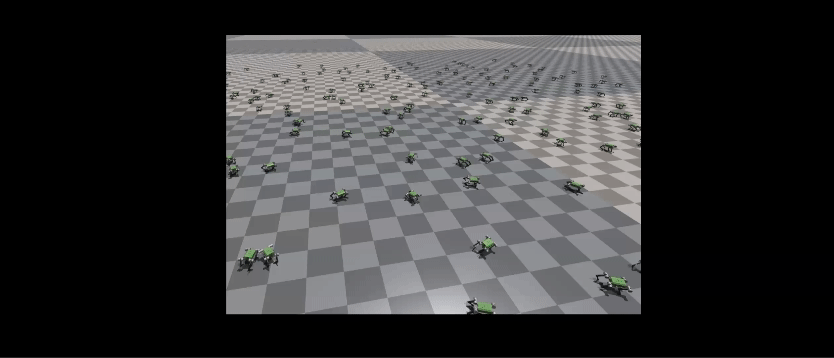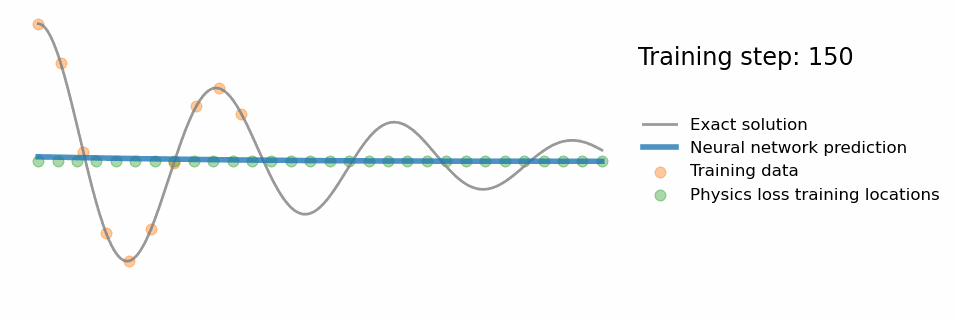Research Highlights
We focus on all aspects of autonomous mobile robots from planning and control to reliable hardware design.

Dynamics and Control of Legged Locomotion
We delve into the science of legged locomotion, analyzing the complex dynamics that govern the movement of multi-legged machines. This involves both rigid-body dynamics and dynamics with compliant elements. Our research interests include planning and control algorithms, where we develop and implement advanced techniques like model predictive control (MPC) to guide legged robots, allowing them to navigate complex terrain easily and with agility. We also work on the robot's contact modeling and hybrid dynamics in the simulation environment.

Reinforcement Learning-based Control and Stability of Legged Robots
Our project leverages machine learning to enhance control of quadruped robots. Traditional control methods struggle with the multitude of variables in these systems. To overcome this, we've blended machine learning with conventional control techniques to form adaptive, data-driven controllers. These controllers maintain key control-theoretic guarantees, ensuring safety and reliability, making them suitable for deployment in critical infrastructures. Our approach paves the way for improved performance, robustness, and safety of quadruped robots in real-world environments.

Hardware Design and Development of Robotic Systems
We are building robots in-house, capable of traversing difficult terrains and reliably operating in the field. Our research group focuses on the mechanical design of these robots, static and dynamic structural analysis through finite element analysis, and the development of electrical hardware components. We have developed quasi-direct drive (QDD) actuators for high-torque and low-speed operations required in manipulators. The focus is also on testing and validating the individual components and the robot through the development of test rigs.

Dynamics informed learning based control
Dynamics-informed learning-based control is paving the way for groundbreaking advancements in quadruped robot locomotion. By integrating sophisticated machine learning algorithms with dynamic modeling techniques, researchers are unlocking new levels of agility, adaptability, and efficiency in quadrupedal motion. These innovative control strategies enable quadruped robots to navigate challenging terrains with unprecedented stability and dexterity, overcoming obstacles and adjusting gait patterns in real-time. Through continual interaction with the environment and feedback loops, these systems can autonomously learn and refine their locomotion strategies, leading to enhanced performance across a wide range of applications, from search and rescue missions to exploration in harsh or inaccessible environments.